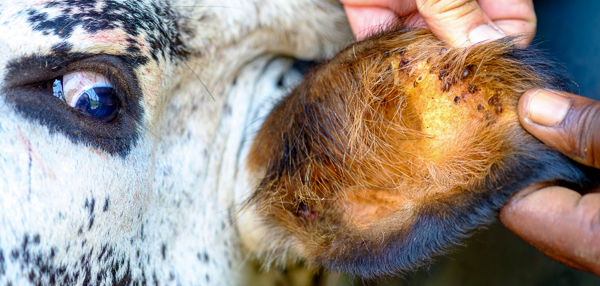
Theileria orientalis is a parasite which lives in the red blood cells of affected cattle after they have been bitten by a tick carrying the disease. It affects both beef and dairy cattle, and it can affect cattle of any age. Fortunately, there is no human health risk associated with the disease.
Theileria has historically been most prevalent in areas of Northland and the North Island in general, where there have been large-scale outbreaks in several seasons since 2012. The cattle in these high-tick areas have since been exposed to large numbers of parasites and so they have been able to produce antibodies against them to successfully build an inherent level of resistance to the disease. Unfortunately, this “endemic stability” or protection has not been achievable at the same level in areas of the South Island, and this usually results in more severe disease in our cattle. Climate change is also likely to be affecting how easily ticks are able to establish in areas previously not thought of as high-risk.
As previously predicted, we have seen a rise in diagnosed cases of Theileria in the last couple of seasons in the Nelson and Marlborough region, and it has been recommended by the authorities to keep up surveillance in this particular region.
Theileria can be diagnosed at the laboratory from a blood sample.
Disease outbreaks are triggered by stress or underlying disease, including BVD, facial eczema, parasite burdens and trace element deficiencies. It is therefore important that focus is placed on achieving effective parasite control and trace element supplementation, efficient transition and nutritional management, and also on monitoring and control of BVD and facial eczema.
Control of ticks is also strongly advised when moving cattle from one property to another, especially if there is a known history of ticks or associated disease on the property.
Treatment of infected cattle with clinical signs of disease depends on both incidence and severity, so it is important to work with your veterinarian to get the best advice for your particular circumstances. Please do not hesitate to contact your Vetlife veterinarian for further information or if you have any concerns.